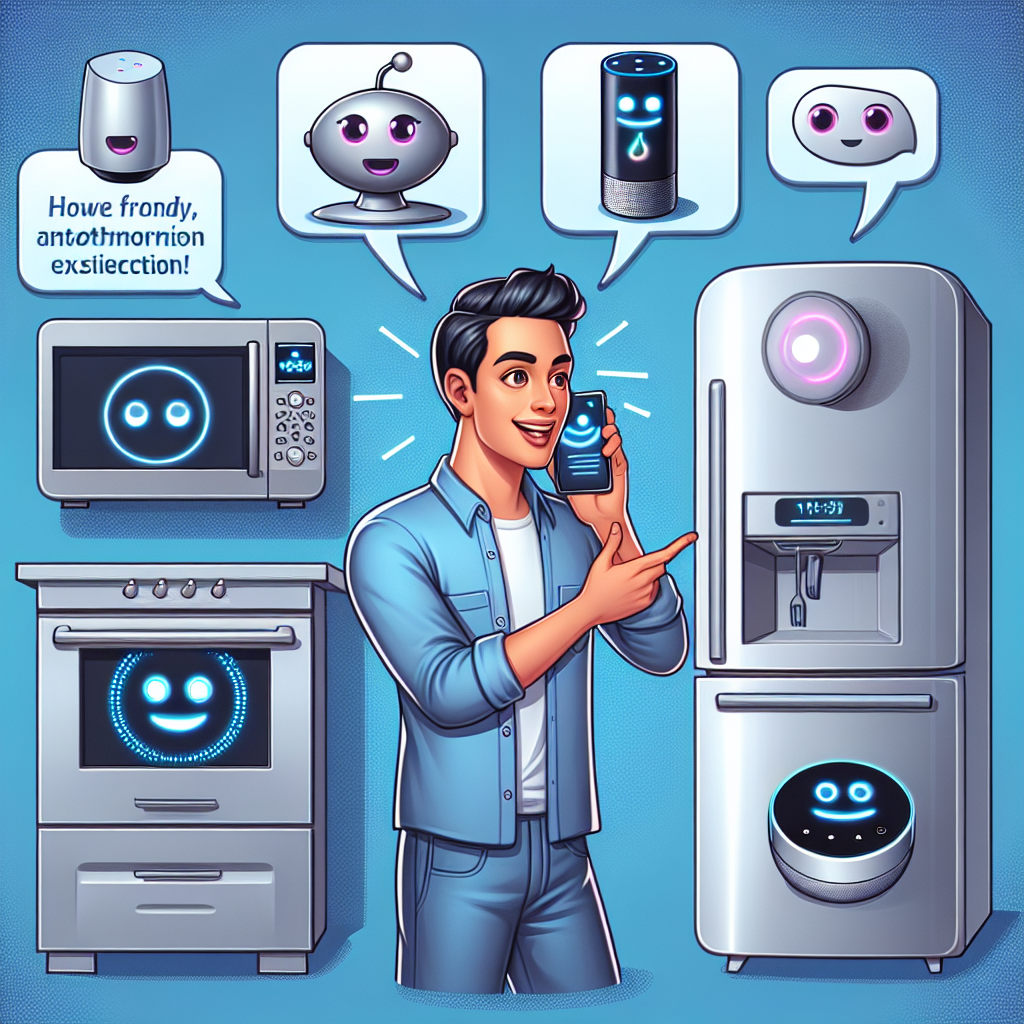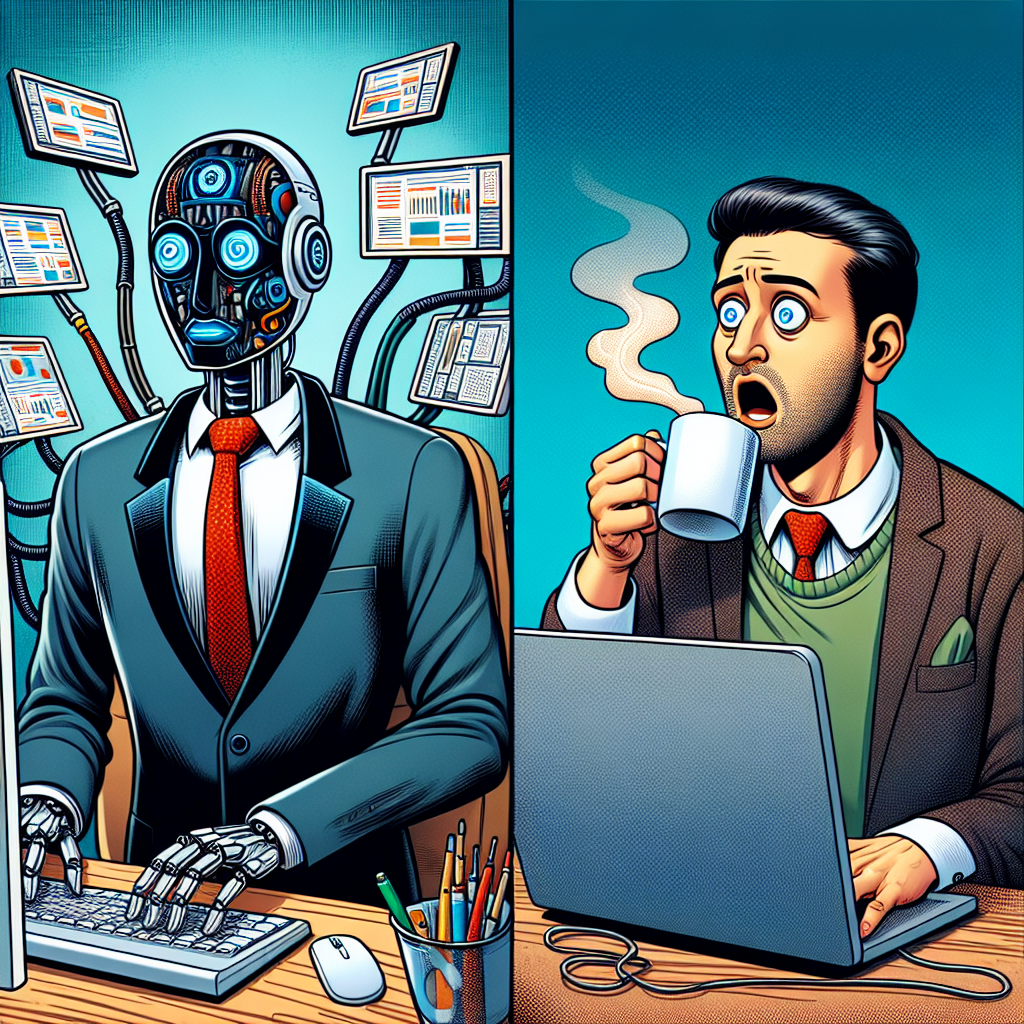Remember when creating software was exclusively for coding wizards who spoke the mysterious languages of Python, Java, or C++? Those days are rapidly becoming a distant memory. Today, AI SaaS creation platforms are breaking down the walls that once separated technical experts from innovative dreamers, allowing virtually anyone to become a tech entrepreneur—all without writing a single line of code.
The democratization of technology is happening right before our eyes. Platforms that combine artificial intelligence with user-friendly interfaces are putting the power of creation into everyone’s hands. Whether you’re a marketing professional with a brilliant idea for a social media management tool, a teacher who envisions a better way to track student progress, or a healthcare worker who sees an opportunity to streamline patient care—you can now build that solution yourself.
“The barrier to entry for tech entrepreneurship has never been lower,” says Maya Chen, a small business owner who recently launched her own AI-powered customer service platform. “Two years ago, I would have needed to hire a development team and invest at least $100,000 to build what I created myself in just eight weeks—with zero coding knowledge.”
How Low-Code Platforms Are Changing the Game
The secret sauce behind this revolution is the emergence of low-code platforms specifically designed for AI application development. These platforms utilize visual interfaces, drag-and-drop components, and pre-built templates that make creating sophisticated software accessible to everyone.
Think of it like building with digital Lego blocks. Instead of writing complex algorithms and debugging endless lines of code, users can simply select the functions they want, arrange them in a logical order, and connect them to create powerful workflows. The AI handles the heavy lifting behind the scenes, translating your visual instructions into functional software.
According to Gartner research, by 2025, a staggering 70% of new applications will be developed using low-code or no-code platforms. This represents nearly triple the rate from just five years ago, demonstrating the explosive growth in this sector.
What makes these user-friendly AI tools particularly revolutionary is their ability to adapt to specific needs. Whether you’re building a tool for inventory management, customer relationship management, or content creation, the customization options allow you to tailor the solution precisely to your requirements.
Small business owner Jamie Rodriguez explains, “I was able to create a custom workflow automation tool that perfectly fits how my team operates. Previously, we were forcing our processes to match how off-the-shelf software worked. Now, the software works how we do.”
The Rise of Intelligent Collaboration and AI Digital Workers
Beyond simply making software development accessible, these AI SaaS creation platforms are introducing a new paradigm: customizable AI digital workers that can handle specific tasks within your workflow.
Imagine having a team of tireless digital assistants who can process data, generate reports, respond to customer inquiries, schedule appointments, or create content—all working according to your exact specifications. These aren’t generic chatbots, but highly specialized AI agents you design for your unique needs.
“Our team has created digital workers that handle everything from initial lead qualification to appointment scheduling and follow-up emails,” shares Alex Morgan, founder of a boutique marketing agency. “It’s like having three additional team members who work 24/7 without taking breaks or making mistakes on repetitive tasks.”
The beauty of workflow automation through these platforms is that they integrate seamlessly with existing tools and systems. Whether you use Google Workspace, Microsoft 365, Salesforce, or hundreds of other popular business applications, your custom AI solutions can connect with them, creating a cohesive ecosystem that dramatically enhances productivity.
For individual entrepreneurs, this technology is particularly game-changing. Tasks that would typically require hiring additional staff can now be automated, allowing solo operators to scale their impact without scaling their overhead. From managing customer communications to generating content and analyzing market trends, AI digital workers are becoming indispensable partners in business growth.
Creating, Sharing and Selling Your AI Products
Perhaps the most exciting aspect of AI SaaS creation platforms is the opportunity they present for entrepreneurship. Once you’ve built an effective AI application for your own use, you can easily package it and offer it to others who face similar challenges.
A growing marketplace for AI solutions is emerging, where creators can share or sell their innovations. This ecosystem encourages continuous improvement and specialization, as builders focus on solving specific problems for niche industries or use cases.
“I initially created my AI-powered social media content generator for my own small business,” explains Taylor Jones, a digital marketing consultant. “When I mentioned it to some clients, they immediately wanted access. Now I have a subscription service with over 200 users paying monthly, creating a revenue stream I never anticipated.”
The sharing and selling of AI products is creating a new class of entrepreneurs—people who may never have considered themselves “technical” but who understand specific business problems deeply enough to create valuable solutions. Their domain expertise, combined with accessible AI tools, results in highly targeted applications that solve real-world challenges.
Platforms like Zygote.AI are fostering this innovation by providing not just the tools to create AI applications but also the infrastructure to distribute them. Users can build, test, refine, and then publish their creations to a marketplace where others can discover and implement them in their own workflows.
This approach fundamentally changes how we think about software development and distribution. Rather than a few large companies dictating what tools are available, we’re entering an era where thousands of creators can build specialized solutions for even the most specific use cases.
The Future of Personal Use AI Technologies
As we look ahead, the trajectory of personal use AI technologies points toward even greater accessibility and capability. Advancements in machine learning and natural language processing are making these tools increasingly intuitive, allowing for more complex applications to be created with minimal technical input.
Emerging trends suggest that future platforms will incorporate:
1. Voice-based development: Creating applications by simply describing what you want them to do
2. AI that writes AI: Systems that can generate specialized AI agents based on natural language descriptions of problems
3. Autonomous improvement: Applications that continuously learn and optimize themselves based on usage patterns
4. Cross-platform intelligence: AI solutions that work seamlessly across devices and platforms without additional configuration
“What we’re witnessing is just the beginning,” notes Dr. Rajan Patel, AI researcher and technology forecaster. “Within five years, I expect we’ll see AI SaaS creation platforms that can observe how you work, identify inefficiencies, and automatically suggest or even implement customized AI digital workers to optimize your processes.”
For small businesses and startups, these advancements represent unprecedented opportunities to compete with larger organizations. When sophisticated technology is equally accessible to all, competitive advantage shifts to those who can most creatively apply these tools to solve problems and deliver value.
Developers and technical professionals are also finding new roles in this ecosystem. Rather than spending time on routine coding tasks, they can focus on extending platforms, creating specialized components, or building integrations that enhance the capabilities available to non-technical users.
Empowering Everyone to Innovate
At the heart of this revolution is a fundamental shift in who gets to create technology. Zygote.AI’s philosophy centers on the belief that the best solutions often come from those closest to the problems—not necessarily those with the most technical expertise.
By providing user-friendly low-code platforms that make AI accessible to all, companies like Zygote.AI are empowering a new generation of creators. The vision is a world where anyone with an idea can bring it to life, test it, refine it, and share it with others who might benefit.
“We believe innovation shouldn’t be limited by technical ability,” explains the Zygote.AI team. “Our platform is designed to remove those limitations, allowing the brilliant ideas that exist in every industry and profession to become reality.”
This democratization has profound implications for how we work and solve problems. When the tools of creation are in everyone’s hands, solutions become more diverse, more specialized, and more effective at addressing the specific challenges faced by different industries and individuals.
For individual entrepreneurs, small businesses, and technical professionals alike, AI SaaS creation platforms represent not just a new set of tools, but a fundamental reimagining of what’s possible. The ability to create customized AI applications without coding is unleashing a wave of innovation that crosses traditional boundaries between technical and non-technical roles.
As we move forward, the question is no longer whether you can code—it’s what problem you want to solve. With AI SaaS creation platforms, your ability to turn ideas into reality is limited only by your imagination, not your technical expertise.
The revolution is here, and it’s putting the power of creation in everyone’s hands. What will you build?









